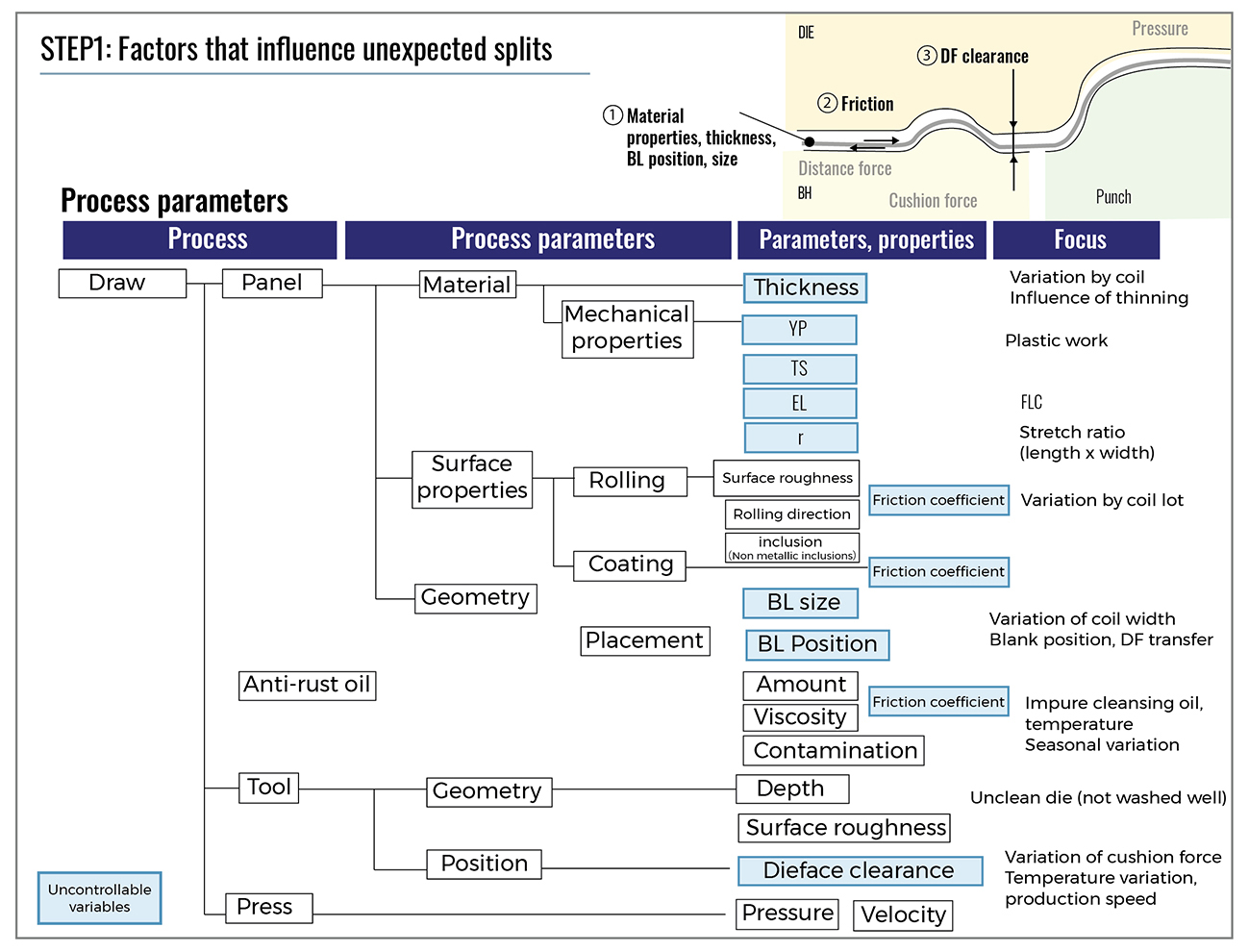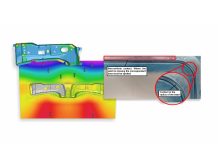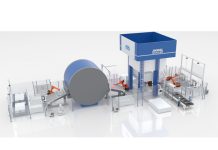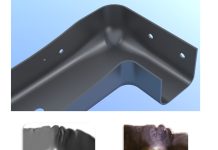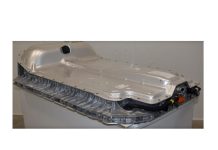Nissan Motors, facing unexpected splits during mass production, launched a project to identify the influencing factors using simulation. Here’s how the project unfolded.
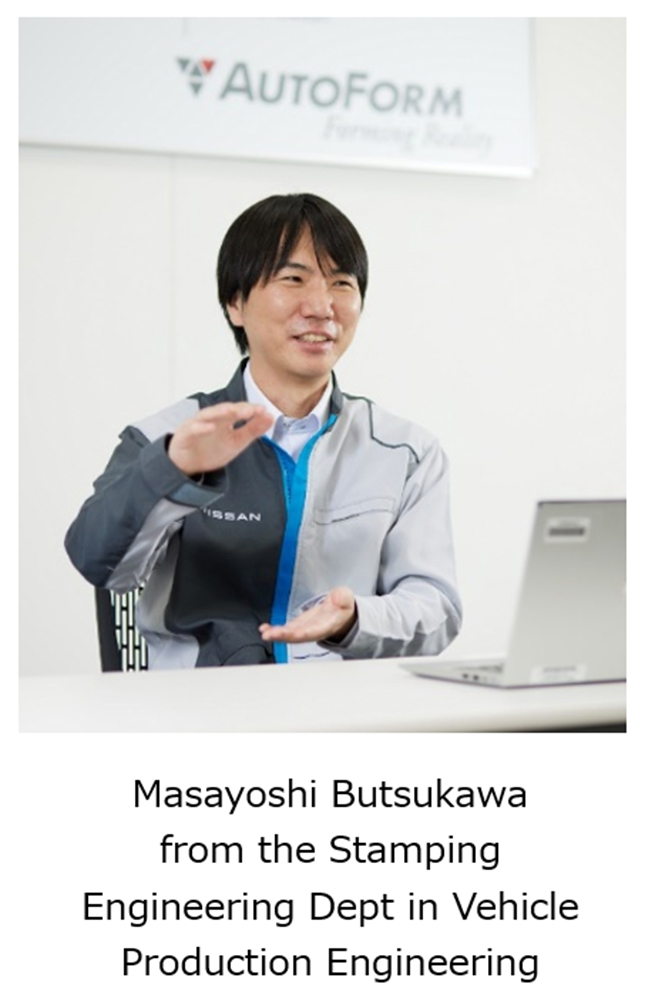 Lightweighting Woes Offer Opportunities
Lightweighting Woes Offer Opportunities
Nissan offers a number of electric vehicle (EV) models and e-POWER-equipped vehicles, with an ultimate goal of zero emissions. They’ve even won three awards in EV production: “2022-2023 Japan Car of the Year,” “RJC Car of the Year,” and “2022-2023 Japan Automotive Hall of Fame Car of the Year.”
Mr. Masayoshi Butsukawa at the Stamping Engineering Department in the Vehicle Production Engineering Division states: “The increased use of high-tensile strength steel materials and the increasingly complex production process may have some influence over the unexpected splits. Also, some part geometries are prone to splits and some others are not. So we ran robustness analysis simulations to identify factors that might influence the unexpected split.”
The Robustness Analysis
“We presumed three factors that may have influence over the unexpected splits: the material properties (e.g., thickness, blank size, and its position), the friction coefficient (friction between the material and the die), and the die face clearance. Then we picked up nine parameters in total. As for the range of variation, the standard deviation was calculated from the actual measurement results.”
The project, spanning two months, examined 20 parts, including door panels, fenders, and wheel house parts from several car models. With 11 parameters in total, approximately 200 simulations were run per part to identify the causes in the split areas.
Fig. 1: Building an accurate digital twin (Click to enlarge).
“We used about 20 high-spec workstations to run the calculation in parallel. The exact software we used was AutoForm-Sigma MAX in AF-Forming R10 to run 100 realizations at a time on four parallel threads. With our previous version, this analysis took five days on average. Now, it only takes eight hours!”
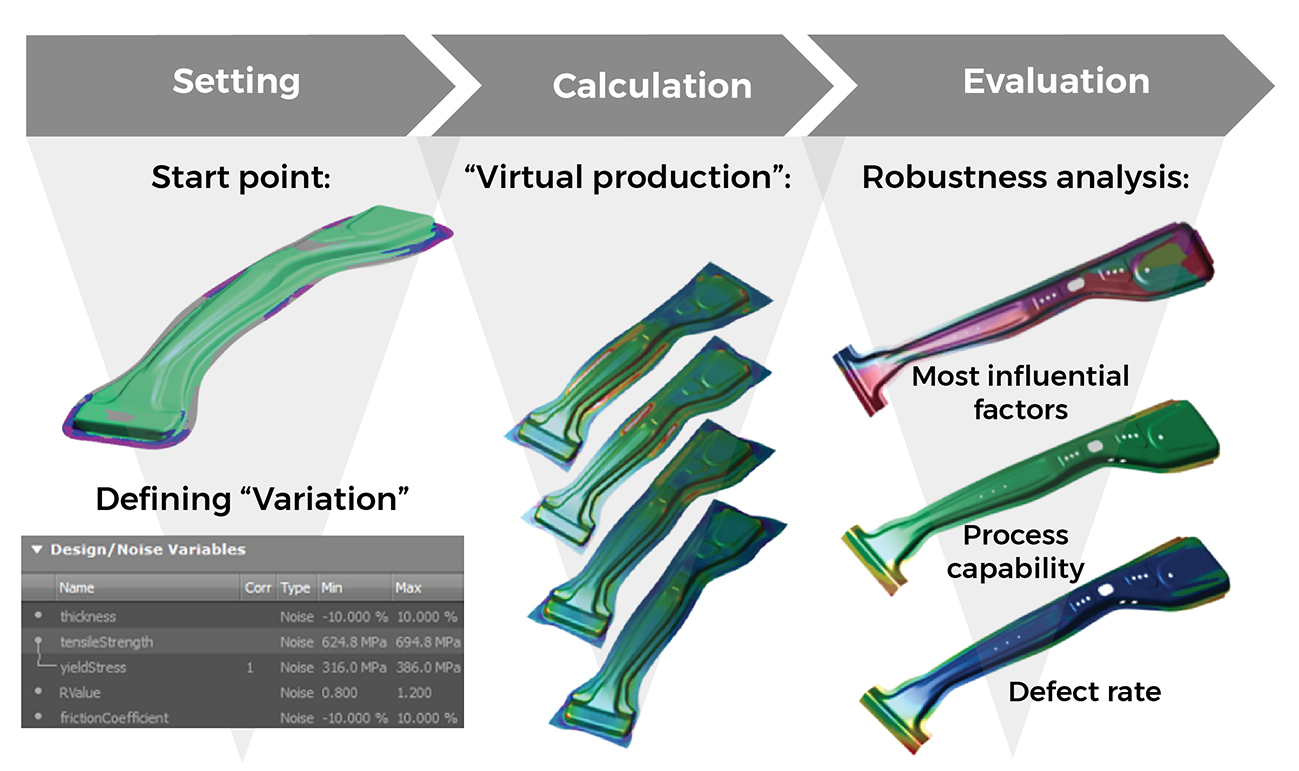
Fig. 2: Identifying the influential factors.
Out of the 20 parts analyzed using AutoForm, 17 were shown to have splits in production. The robustness analysis took the place of their conventional simulation methods, which could not accurately predict the splits. This analysis successfully identified nine of the 17 splits, highlighting areas of instability that could then be addressed. The remaining splits were traced to unusual tool clearance and product design changes that were not part of the original engineering design.
Simulation also tested three influencing factors: material, friction, and clearance. Notably, friction exerted the largest influence, followed by the material EL.
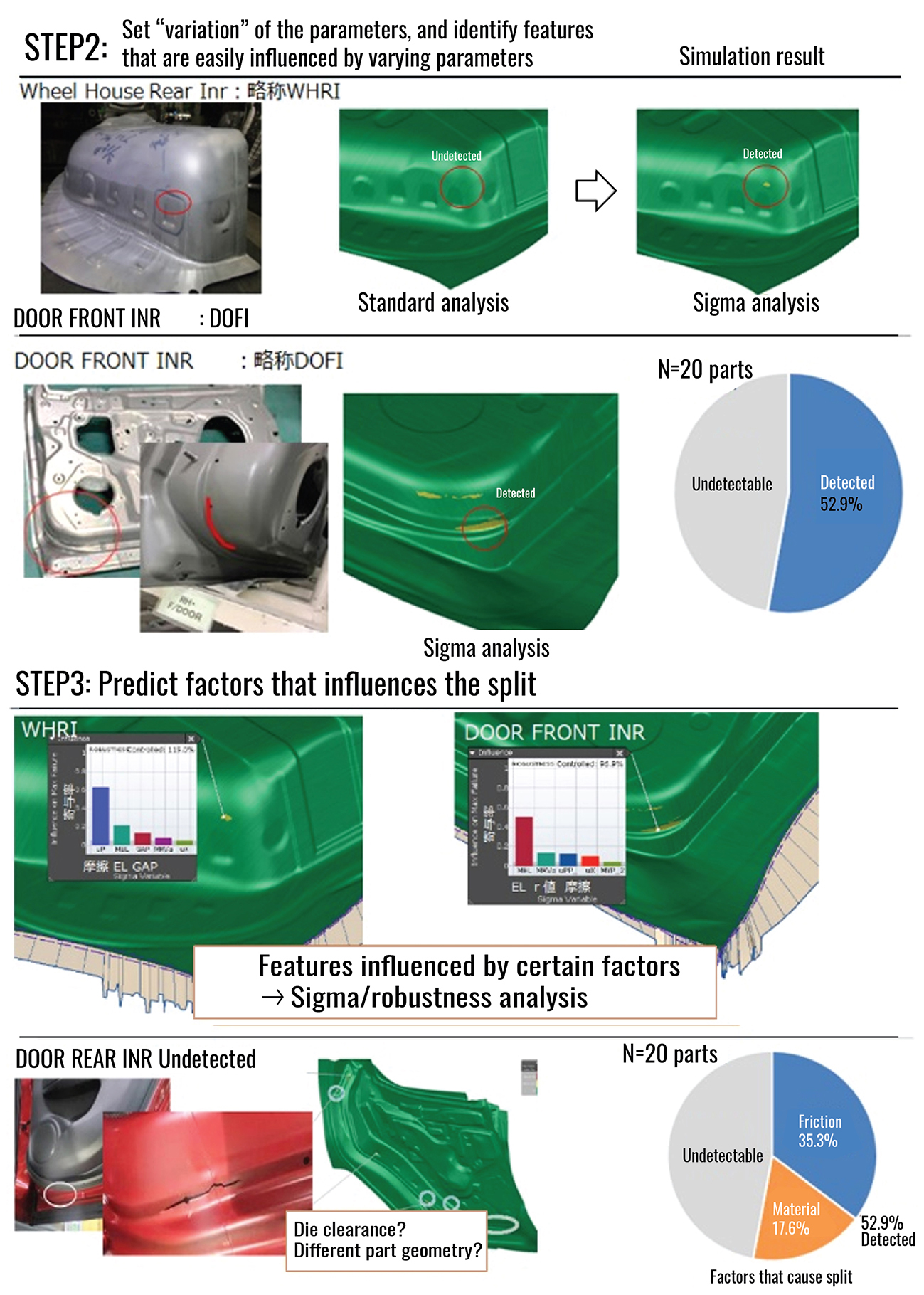
Fig. 3: Variation of parameters explored.
Armed with these simulation results, the production plant began to make improvements, together with the press team. Given friction was the most influential factor, new equipment was installed to control the amount and viscosity of anti-rust oil. Additionally, the production engineering team was tasked with validating the material’s performance at its lower EL limit.
Countermeasures to Enhance Productivity
“The most significant outcome was identifying the causes of the unexpected splits, allowing us to manage the friction by controlling the lubricants. As for the material, we will build the tools according to the “worst case scenario” to reduce splits. We also found that clearance had little influence over the splits, so we can prioritize the tasks accordingly.”
Nissan plans to improve the accuracy of its analysis by further optimizing the simulation parameters. As for the press line, they intend to install a camera at the end of the line, linked to an AI/machine learning system, to automatically detect and predict splits.
“We plan to work on various activities to enhance productivity,” says Mr. Butsukawa. “We will continue our collaboration with AutoForm Japan to achieve even better outcomes in a range of fields.”
(Corporate Profile)
Nissan Motor Co., Ltd.
Founded: December 26, 1933
Location: 1-1-1 Takashima, Nishi-ku, Yokohama City, Kanagawa.
Representative: Makoto Uchida, Director, Representative Executive Officer, President and CEO.
Number of employees: 23,166 (non-consolidated) 134,111 (consolidated) as of March 31, 2022).
Business activities: Manufacture and sale of automobiles and related businesses.
URL: https://www.nissan-global.com/JP/



